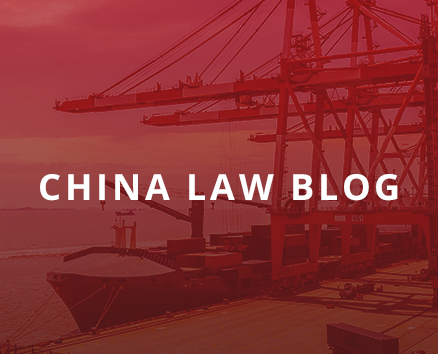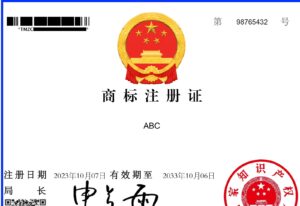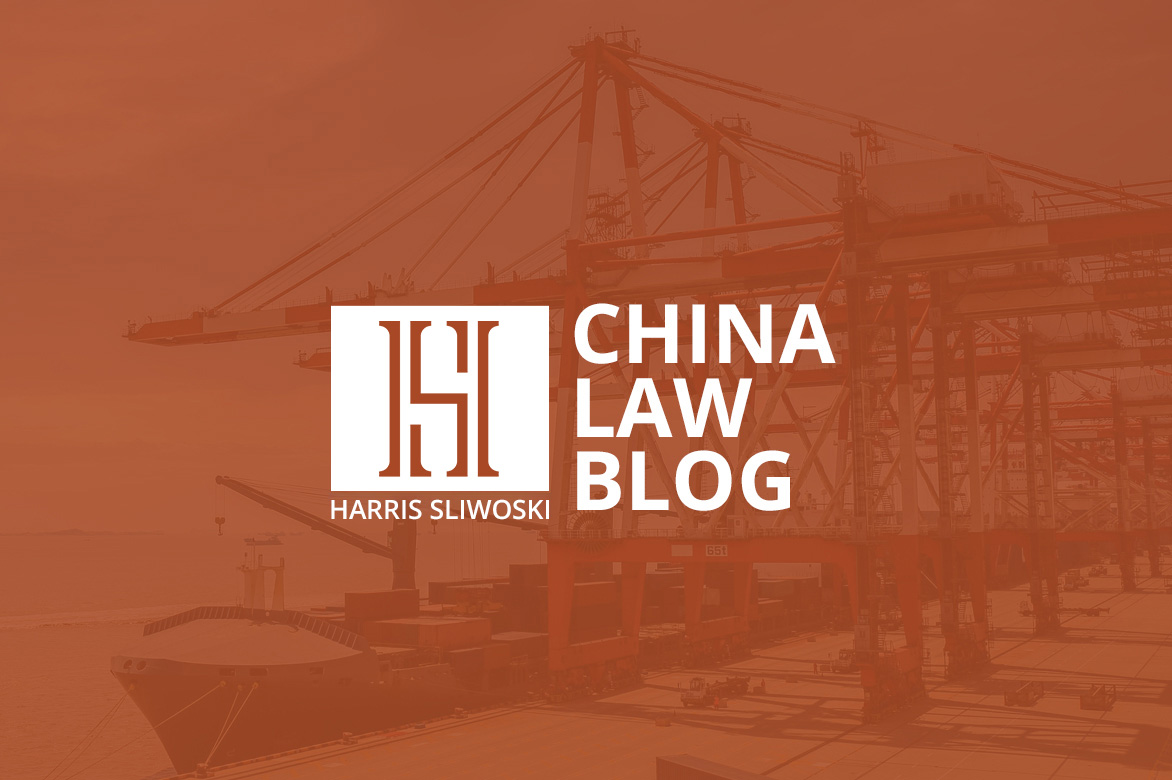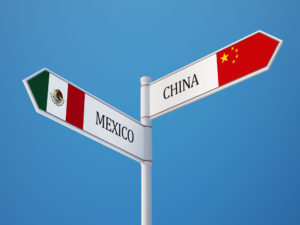7-3-2012. I just returned from Yangon, Myanmar, where I attended the first Myanmar Investment Summit and met with local attorneys and local businesspeople regarding foreign investment into Myanmar.
I was quite surprised at the situation in Myanmar and the government method of promoting the local economy and integrating foreign investment into that development. As described by government officials at the Summit, the development path Myanmar will follow will progress in three stages:
Stage 1: Transition to a stable, open political system. This stage includes the following factors:
a. Participation of all parties in the government. The recent participation of Aung San Suu Kyi’s New Democratic Party in the parliament is an example of this process.
b. Accommodation with all minority groups. The government has signed peace treaties will all the important minority groups (Karen, Kachin, Shan, Chin, Wa, Mon) and it intends to bring these groups into a multi-ethnic union of Myanmar where their interests will be respected.
c. Termination on restrictions of information. This will be manifested in several ways: free press (newspaper and magazines), open internet, general access to mobile phones and other forms of communication, free and uncensored publication of books, access to foreign newspapers, periodicals and books.
The central theme is that without political stability in an open society the development process cannot succeed.
Stage 2: Reform of the financial system. The government is working with the IMF to reform the domestic financial system. The first step was to unify exchange rate conversion. Myanmar until recently had five different exchange rates. These have been eliminated in favor of a single exchange rate that more closely reflects the value of the Myanmar currency. The next steps will be to modernize Myanmar’s banking system and integrate that system with the world system. Eventually, this will involve partial or complete convertibility of the Myanmar currency. Finally, Myanmar plans to open a stock exchange within the next five years. The goal is to fully internationalize the Myanmar economy within five years.
The central theme is that Myanmar cannot hope to rapidly increase its GDP if its financial system is not modernized and integrated into the world financial system.
Stage 3: Increase GDP through local and foreign investment. Foreign development will be important for this process in two ways. The first and most obvious is that Myanmar will need substantial foreign investment to build the infrastructure required for any substantial increase in GDP. The second is that Myanmar lacks the technical skills required for any form of modern economic activity. Myanmar will look to foreign investors to transfer such skills as part of the foreign investment process. Currently, foreign investment in Myanmar is concentrated in oil and gas, minerals and power.
The government seeks to push development into manufacturing, real estate, agriculture and services, areas that are virtually untouched currently by foreign investment. The government is working to make foreign investment more attractive by overhauling its legal system for foreign investment. The showcase project for this is the adoption of a new Foreign Investment Law. A preliminary draft of the new Foreign Investment Law has been approved by the parliament. This law is expected to be promulgated some time in July.
Though the government seeks to promote foreign investment, the current steps show an extreme level of caution. This can be seen in two ways. First, unlike the current situation in China, foreign invested enterprises are treated dramatically differently than domestic enterprises. For example, a foreign invested enterprise cannot lease a building for a period greater than one year. For longer periods, foreign invested enterprises must rent land and build the related buildings at their own expense. The resulting lease is limited to an overall term of 60 years, at which time the building and land revert back to the government. Second, all foreign investment projects must be approved by the central government. Local governments are not permitted to grant such approvals. Many business terms such as the price of leased land must be approved by the central government, preventing private business people from negotiating their own terms.
The central theme is that the government desires to increase GDP and to allow the benefits of such increase to accrue to the people rather than to government officials. Though FDI will be a part of such GDP growth, the government is still concerned about preventing foreign investors from obtaining an unfair advantage over the local people. For this reason, the government still insists on restrictive terms for foreign investment and still insists on remaining actively involved in investment decisions to “protect” the people and the assets of the country. In this way, the opening to foreign investment on the part of the government can at best be termed half-hearted.
The striking thing about the Myanmar approach described above is that it is almost exactly the opposite of approach to that taken by China. China’s approach has been:
Stage One: Rapid increase in GDP. With respect to foreign investment, the Chinese ordered local governments to increase foreign investment with virtually no restriction. Key features were:
a. The Chinese made the investment decision simply too good to refuse. Strong incentives, such as tax holidays, cheap to free land, reduced utility costs, reduced labor costs.
b. The Chinese provided a complete turnkey system to foreign investors. For example, they did not require foreign investors to build factory buildings. They provided already built factories or they built them to foreign specifications.
c. For all but the largest projects, local authorities were permitted to make all investment decisions. Local authorities were never criticized for offering too much to the foreigners; they were only criticized for not securing sufficient investment.
None of this is being done in Myanmar, which comes as a surprise to foreign investors who have become accustomed to the Chinese approach.
Stage Two: Reform of the financial system. The Chinese have always taken the position that financial reform must go slow and must follow advances in GDP growth. This has caused and continues to cause considerable friction between China and the developed world. It has also resulted in a limited range of investment vehicles for the Chinese people, contributing to instabilities in China’s real estate and stock exchange markets.
The Chinese government accepts these dislocations as the price for stability and control. The Myanmar government is taking the opposite position by moving towards an open and international financial system as a prerequisite for enduring and stable economic development.
Stage Three: Political reform. The Chinese government position is that one party rule will endure forever, together with the attendant restrictions on political participation, freedom of expression and access to information. The Chinese government equates one-party rule with stability. The Myanmar position is that one-party, autocratic rule does not result in stability, but rather the opposite. The Myanmar officials I talked with point to the experiences of Taiwan and Korea. Neither of these countries really “took off” as an economic power until after they shifted from autocratic, one party rule to an open democratic system. The Myanmar government sees this experience as an absolute requirement for enduring economic development. This is why they see political reform as the first requirement.
Doing Business in Burma/Myanmar:
An On the Ground Report
3-18-2018. Robert Walsh, sometime Seattle resident and long-time friend of our law firm (we worked on a number of China deals together and we — Dan and Steve — met up with him on our last trip to Myanmar), has spent the last four years in Myanmar, where he operates a vibrant business consultancy. Robert is fluent in Chinese and Korean and, amazingly enough, Burmese (multiple dialects), having learned Burmese while working in the U.S. Embassy in Yangon many years ago.
Today’s post is by Robert on how optimism is waning in Myanmar as things just keep getting worse.
Myanmar’s electricity situation is going to get worse before it gets better
1. Foreign oil & gas companies are pulling out of their offshore blocks en masse. They had a requirement to drill or walk away, and they are walking away. Low gas prices drive part of it, but also the royalties schemes with the Burmese government are the other part. Prevailing wisdom is that they will return later when the blocks go up for bid again, and offer a lot less and drive a harder bargain with the Burmese government.
2. Several of the schemes for producing more electricity have hinged on gas coming in from offshore. The 2 gas turbine plants running are getting their gas for free from the government, from the Yadanar fields that have been in production since the 90’s. But production is dropping in quantity and quality and Thai TPP has first call on it.
3. The government has given a green light for companies to do LNG, but the only credible one is led by Total. We have already been approached by one group of unqualified Burmese rent seekers who have had a gas turbine project on the back burner for more than 4 years, who now say that they want to add a LNG gasification plant. They are offering nothing more than a 60-acre parcel that they don’t seem to own yet, but want 20% equity in the thing.
4. Coal is what the IFC and world bank are pushing the government, but there is a lot of grassroots-level pushback. A lot of communities have suffered pollution from coal-burning cement plants, and there is concern for waterways as well. Still, a so-called “clean coal” plant would be 5-7 years in the making, and would also require importing all the coal, as there is no source of suitable coal in the entire country.
5. All of this, and electricity demand is growing 15-20% year-on-year. The government still subsidizes costs of electricity and consumers pay very little of the costs of delivery. Last year the costs of subsidies were north of $900 million, with $358 million of that for Rangoon Division alone. The government will not grant a power purchase agreement (PPA) to any foreign or domestic provider that covers CAPEX and running costs, let alone allow for a decent return, so private power providers are staying away. Raising rates for the consumer to the point where costs of delivery are covered is regarded as political suicide.
6. With the above in mind, consensus is that it may be as late as 2025 before we see something positive in the electricity sector.
Myanmar Politics
1. The consensus is that Burma’s political reforms plateaued more than a year ago and are in fact in a gentle backslide. Readers will note that National League for Democracy head Daw Aung San Suu Kyi (ASSK) has been stripped of a few honors, and is in fact held in some mild disdain by many outside the country.
2. In her defense, the military still holds control of the key ministries of defense, home affairs, and borders.nationalities. I can tell you from long and painful experience that out in the provinces it’s still 1965, as all of the authorities at the state, district, township, all the way to the village level are still appointed by the military-led home affairs ministry.
3. On the other hand, ASSK has been decidedly unwilling to weigh in on the racial strife in Rakhine state, and her attitude towards the various ethnic armed groups is pretty much “it’s my way or the highway”. As a result of her unwillingness to play a part the groups that have any combat power at all have taken to the field again. None want to sign the national ceasefire agreement until they get what they want. The only signatories to the agreement are groups that have not fired a shot in anger for decades. Still, some trouble has recently been brewing with signatories the Karen National Union, who are pissed at Burmese Army encroachment into territory that was agreed to be off-limits.
Everybody in Myanamar wants to build and operate special economic zones and industrial parks
Here, there, and everywhere. Even the Korean government Ministry of Land & Housing is doing a 600-acre park(KMIC/ Korean Myanmar Industrial Center) about 100 miles north of Rangoon, jointly with a Korean private company.
1. We do not understand the drive for these parks, especially in areas where the roads and other infrastructure, -to say nothing of electrical power availability- are in general lacking.
2. A key thing, one I focus on whenever I talk to developers of these things is: “Which companies have already weighed in as tenants?”. The answer is invariably “nobody yet”.
3. A lot of the developers are either ignoring or worse yet, -ignorant- of certain facts about Burmese workers. They are not highly mobile, like the hundreds of millions of Chinese who gravitate to Shenzhen and other Chinese megacities for work. My best guess is that 4/5th of these parks are sited in areas where labor is going to be a problem.
4. For the garment manufacturing sector, the lack of US GSP for textiles and garments has really slowed things up. Last week the government passed a daily minimum wage of MMK 4800 (USD $3.63), and the factory owners bitched a blue streak.
When Trump tore up the TPP
Many describe this action as “pressing pause on American plans for Asia”. Well, the Chinese have not pressed pause, but rather accelerated plans. Not too long after Trump’s inauguration ASSK spent time in Beijing getting initiated into resumption of Burma’s status as a Chinese client state.
1. The Chinese are now everywhere in Burma, pursuing developments that are all rather land-intensive. In addition to the Kyaukhpyu SEZ up on the NW coast, they are going after another 4-5 developments each over 5000 acres. What they all have in common is a lack of focus on fundamentals.
2. For its part the Burmese government is overwhelmingly receptive to all of this, as the Chinese are looking at other big-ticket infrastructure things that no other donor government is looking at doing.
3. As an aside, the current Burmese government still does not issue sovereign debt. A lot of the ADB and other sovereign wealth fund loans have gone to private concerns like Yoma/FMI.
4. And of course the Chinese are in no way, shape, or form inclined to carp on Burma’s human rights situation.
5. I was on a 4-month project in Magway division last summer, and a cast o’1000’s of Sinopec people were all over Burma’s onshore oil patch doing seismic work. In another year parts of the division are likely to become a forest of drilling rigs.
FDI is declining
But the Burmese do not seem to understand how to incentivize investment, because they are so bound to the cronies; they simply will not allow investment conditions that might conceivably afford a foreign company an advantage over locals.
1. The only exception to the rule I can see is telecoms, with Ooredoo and Telenor getting licenses in early 2014. But those two companies were flummoxed to see the Japanese KDDI/Sumitomo step in and work with the legacy government MPT to revitalize what should have been a failing competitor. And more recently the Vietnamese Army VietTel paired with the Burmese Army UMEHL to form a 4th contender, MYTel/MecTel.
2. Some sectors like mining still require foreign companies to take on local partners, most of whom offer little in the way of value. Still, in the border areas controlled by favored (and not-so-favored) ethnic armed groups, there’s not shortage of dirty smash & grab mining operations. Most are for gold, some for tin, others for antimony.
3. Oddly enough, the areas where completely level free market playing fields exist are the areas under government-granted autonomy to the various ethnic armed groups, e.g. DKBA, KNU, and the UWSA areas (as noted above).
4. As of a few weeks ago the US was waaaaaay down the DICA-published list of investment source countries.
5. Entertaining to read was the 2017 State IG report on AmEmbassy Rangoon. According to the IG report:
a. There are now around 127 American direct hires assigned to the embassy, and an additional 388 or so as local hires/local nationals. I have no idea what they do all day. None whatsoever. Our prospects and prestige here have pretty much sunk that low; it’s possible that nobody in the Hitler’s Bunker-modeled embassy building knows this.
b. The embassy has at least 71 leases for housing for which it pays at least $10.7 million a year. Just this number makes the embassy the single biggest American economic player in Burma. If all that is spent on office space for USAID and its contractors is figured in, we could be talking north of $100 million/year just for expatriate quality-of-life maintenance. Staggering. Naturally USAID’s contractors bill back all of that overhead, which is likely deducted from whatever was allocated for Burma aid. That would explain why I don’t see much evidence of USAID doing anything in the areas of Burma I work and know best.
c. Puzzling is that the IG points out that 5 people in the embassy produce 5 different translated local media reports per day. I guess foreign service officers no longer read newspapers in the local language at the start of their work day. (The report does note that language training prior to assignment only enables our diplomats to engage in greetings and informal chit-chat) Go here for the whole thing.
The American Chamber of Commerce in Myanmar is mostly local companies.
The chamber does not do a hell of a lot. The New Zealand and French chambers are very active and do a much better job of engagement. Still, American involvement in Burma’s economy is waaaaaaaay down the list, as reflected in the Myanmar Investment Committee’s monthly stats. China (of course), Korea, and Japan are the big hitters. In terms of American economic activity, Coca-Cola is the most visible.
1. We do have a Hard Rock Cafe now, started by a couple of Crony Princelings, but as they can’t seem to properly manage it, and are usually out of a lot of menu items, the place is not popular.
2. Other US brands here are Ford (RMA Group Thailand) and Chevy (AA Medical Group). Neither brand is exactly punching above its weight against used Toyota products and the Korean offerings. Nearly 2 million cars have gone on local roads since the last letter. The government is now wisely stipulating that cars coming in be less than 2 years old and be left-hand drive (the majority are Japanese used cars less than 7 years old, and right-hand drive).
3. I bought the very first off the local assembly line Suzuki Super Carry Kei truck. The Japanese cleverly used the way-back machine to incorporate 1960’s design and technology which is dirt-simple and appropriate for Burmese countryside conditions. Electronic nothing, points and condenser, carburetor. $5700 delivered, with Rangoon city plates, at a price triple that for a used truck from Japan.
4. Out in the sticks where I work, US farm machinery manufacturers have once again screwed the pooch by not sending in an “A Team”; they’d rather find a local dealer and half-assed support it. Kubota owns the market now, having figured out a way to offer financing to whole villages for a package of everything needed to plant and harvest rice. Older Burmese farmers have nostalgia for Ford and John Deere tractors, and every once in a while I run across the bones of one of these in out-of-the-way places.
5. I had a major jade mining company looking for new heavy trucks; could not get any US maker on the plane to come for a meeting. That $57 million all-cash deal went to Komatsu. The buyer had been vetted for all sorts of US Treasury stuff, so that could not have been the problem.
6. As with China, we have KFC and Pizza Hut, franchised from YUM! by local moneybags Serge Pun’s FMI/Yoma. Both are popular but face stiff competition from Lotteria and other established local and foreign brands. FMI/Yoma spent awhile sorting out the supply chain, as YUM! actually has standards for what goes in their food.
Americans are leaving
A few weeks ago, the most prominent American lawyer in Myanmar, Eric Rose, announced he was throwing in the towel and leaving. He had been one of Burma’s biggest boosters and he carried a lot of water when it came to sanctions lifting. He will be missed.
As always, if any you should find yourself in Burma, I’d be more than happy to help.

























